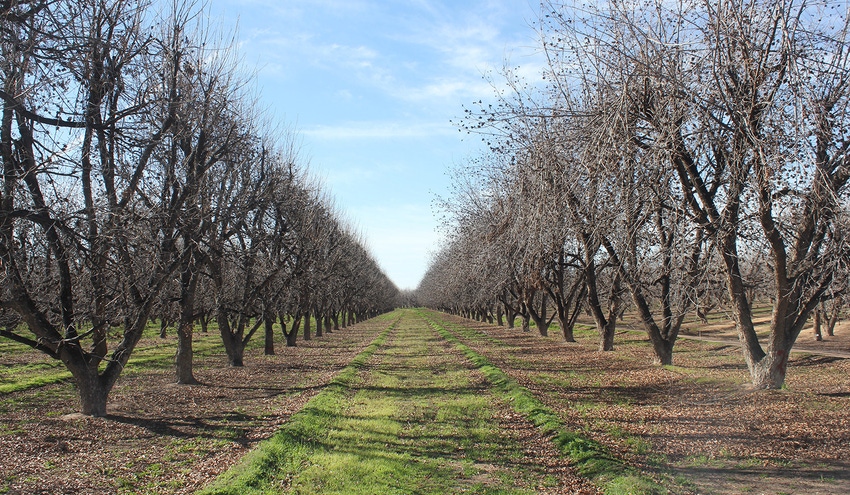
Attending a virtual conference when you’re accustomed to traditional in-person conference gatherings is somewhat like kissing your sister instead of your sweetheart --- the process is somewhat similar, but the thrill is definitely gone.
Even Harold Payne, president of the Arizona Pecan Growers Association, made reference to the fact that the new venue took away the enjoyment of the familiar personal contact with peers -- and, unless you are in the habit of drinking alone -- the opportunity to share an adult beverage while discussing a variety of tree nut issues.
This year, because of the COVID-19 crisis, those discussions -- the 25th APGA Conference -- came in pre-recorded form as APGA coordinators had to quickly learn how to present in a virtual format.
“It’s like taking a crash course in becoming a video producer,” said Joshua Sherman, APGA Secretary. “But it turned out professionally done with a fluid end product.”
Arizona is rapidly closing in on nearly a century of pecan growing with first planting in the mid-1920s in Camp Verde. Today those original rows of trees -- lush and towering along Pecan Lane -- have been designated a rural historic landscape.
Elsewhere in the state, pecan production continues to pick up momentum spurred by several drivers like exclusion of pest and disease pressures found in wetter and more humid growing areas. Arizona today competes well with the other 15 more established states with its young plantings in Bowie/San Simon/McNeal making noise by announcing their pending arrival as new producers.
While Georgia produces nearly 80% of all pecans sold within the U.S. -- with a harvest roughly of more than 150 million pounds -- Arizona’s pecan industry has grown dramatically over the last two decades.
“They’re planted here because they do well in the right place. They’re well-adapted to our environment and produce high-quality yields,” said speaker Jim Walworth of the University of Arizona’s Soil, Water, and Environmental Science Department.
“Southeastern Arizona is well-suited for pecan production because it’s among the sunniest places in the U.S. and pecans love sunshine,” he said. “Our alluvial soils are well-drained, the climate is arid, fungal leaf diseases are rare, temperature extremes are moderate, and the growing season is long with cool late summer nighttime temperatures great for nut-fill.”
Some updated statistics
Conference speaker Dari Duval, a cooperative extension analyst at the University of Arizona, offered some updated statistics to a study released in Spring 2019 showing Arizona growers ranked 4th in the nation in pecan production and second in yield-per-acre. Those stats were based on 343 nut farms (267 pecan, 69 pistachio), mostly in southeastern Arizona.
“Since 2007, acreage has more than doubled as much of the non-bearing acreage (38%) moves into the bearing category,” she said. In the 2019 study, total tree nut economic contribution to the state --- both direct and indirect -- was estimated at $113 million with $70 million of that number directly attributed to pecans, a high-value specialty crop that represented nearly 1,450 jobs.
“Because the state has a lot of new acreage, much of it in the San Simon/Bowie/Willcox Bench area, there are still many young trees that are not yet fully producing nuts, so it’s safe to assume both pecan and pistachio production will continue to grow in Arizona,” she said.
Pecan production, by weight, has varied over roughly the last decade from a low of 17 million pounds in 2008 to a high of 35 million pounds in 2019.
Speaker Alex Ott of the American Pecan Council, whose job it is to market product, says: “For the first time ever, pecans have been the #1 nut of discussion during the coronavirus pandemic. We’re seeing a trend of consumer activity thinking about -- and consuming -- pecans. But more needs to be done. At current rates, our global supply will exceed demand by 15% in ten years.”
For more news on tree nuts as reported by growers and farm advisors, subscribe to the Tree Nut Farm Press e-newsletter.
Read more about:
PecansAbout the Author(s)
You May Also Like




